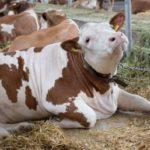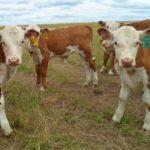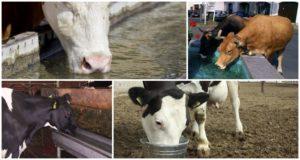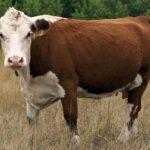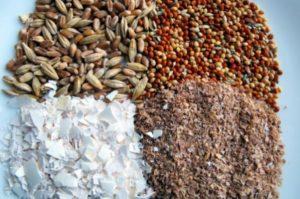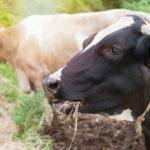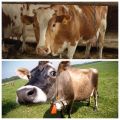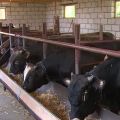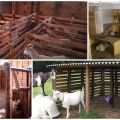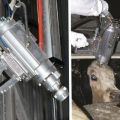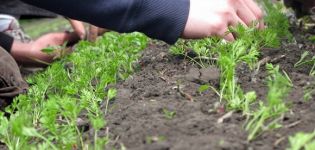Requirements and conditions for breeding and keeping cattle
For cattle farm breeding to be successful and profitable, novice breeders need to prepare in advance. This also applies to the creation of the necessary conditions for the life of livestock, and the procurement of fodder, and the profile training of the farmers themselves, especially if they did not have any agricultural experience before. Only with an integrated approach will it be possible to successfully raise cattle.
Dairy farm
Having chosen the dairy direction of cattle breeding, the farmer should focus on the following factors:
- Selection of the most productive breed of dairy cattle, suitable for the climate of the region where the farm is located, meeting the tasks set for the farm.
- High milk yield is the most important characteristic of a dairy herd.
- Active reproduction.
- Endurance, minimal susceptibility to disease.
- Specially prepared room.
- Feeding and hearth systems.
- Milking machines.
- Milk storage systems.
- Barn and calf barn heaters.
- Devices for manure removal and room cleaning.
- Premises for storing feed stock.
- Silo towers.
- Walking for grazing in warm weather.
These conditions are the basis for a successful business or the creation of reliable support in the form of a well-organized subsidiary farm. However, the farmer cannot do without professional training in any case. Even if he did not study to be a livestock breeder, the availability of print and electronic information will help him in his endeavors, will be the basis of success.
Meat farm
To create a meat farm, a future livestock breeder will need almost the same as for breeding dairy cattle. However, the specifics of the process will require a novice farmer to select a meat breed suitable for a specific area, as well as the availability of additional premises for keeping cows with calves, grown and replacement livestock, as well as animals put to fattening.
It is also important to timely resolve the issue with the slaughter of cattle and the sale of products, as well as get at least basic knowledge about the breeds used. This will help to avoid many complications, disease and death of livestock, as well as financial losses, emotional shocks.
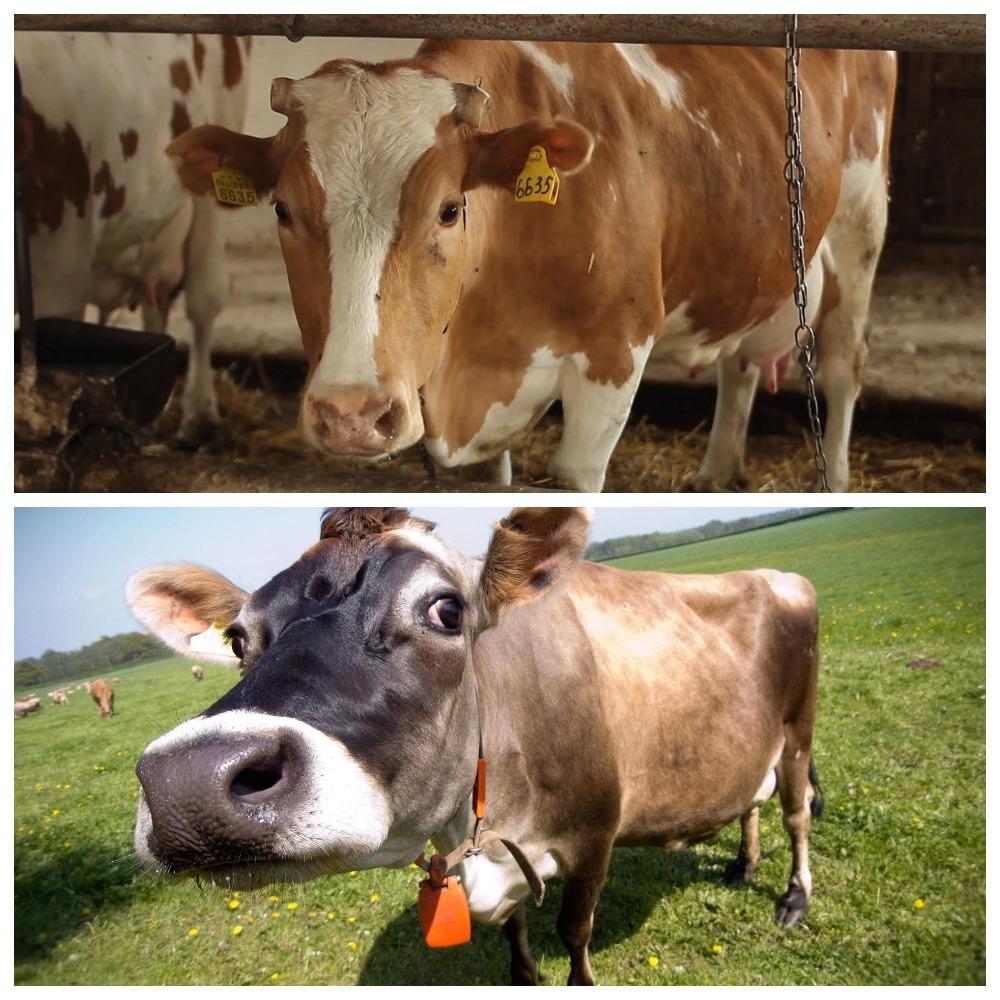
Basic requirements for the premises
The first thing a novice farmer should have is a barn. Its area depends on the number of animals, and the number of premises depends on the type of activity.
For example, keeping breeding stock for the sale of young stock will bring a lot of income, but it will also be costly, because each breed being bred must be kept in isolation and be separated from other animals in order not to get unwanted hybrids.
Russia is a country with a rather harsh climate, so it is necessary to provide comfortable living conditions for cows and calves in winter. For this, the cowsheds must have heating devices, heaters that provide optimal temperatures depending on the season. Also, barns should be simple and convenient for cleaning, because cleanliness is one of the important factors in the prevention of livestock diseases.
Necessary equipment
Each farm, in addition to a special room, must have the following equipment and amenities:
- Power supply. If in the area where the barn is located, the lights are often cut off or natural disasters occur, it is necessary to have a backup generator. This will protect animals, especially small calves and pregnant cows, from freezing in the event of a sudden loss of nutrition.
- Water supply. This is important, since in addition to providing drinking water for the animals, it is necessary to look after, clean them, wash the premises, keep milk containers, feeders and other equipment clean.
- Milking machines.
- Milk containers for collecting and storing the product.
- Feeders, containers for feed.
- Dispensers.
- Devices for cleaning premises.
- Stall equipment.
- Accessories and overalls for service personnel.
- First aid kit for livestock.
- First aid kit for people.
- External and internal thermometers.
- Silos or pits.

In addition, in different cases, other additional equipment, devices and devices may be required.
Staff recruitment
For a farm that is large in size and number, it is highly desirable to have your own veterinarian. This is important if the enterprise is remote and it will be difficult to call a doctor. Its presence will save the farmer from dozens of cases of cattle disease, and will also help during calving.
Each farm must have the following maintenance personnel:
- Cowshed.
- Telyatnits.
- Cleaners.
- Milk collectors.
- Milkmaids.
- Ancillary workers and so on.
In addition, it is important to have a professionally trained and experienced leadership contingent. If the owner of the farm can also manage it, then an experienced specialist must necessarily conduct complex accounting. In the presence of a large number of employees, a personnel department will also be required, and when breeding pedigree livestock for the sale of young animals, a specialist in this field.
Further selection of employees is associated with the characteristics and size of the farm, its profile. These can be milkmaids at specialized dairy industries or regular butchers, which are only necessary if the cattle will be slaughtered for meat directly on the spot.
The needs of the purchased livestock
Newly acquired animals need to be quarantined and placed in comfortable, warm, lighted, clean and ventilated areas. Cows and bulls need nutritious, balanced food, plenty of clean drinking water and a calm, quiet environment.
Purchased cattle can get nervous if they come from afar. At first, this can affect the behavior of animals, as well as appetite, sleep, milk yield. While they are adapting, they need to be provided with peace, not disturbed unnecessarily, and not be kept together with other cows, especially animals with aggressive behavior.
In order for the cattle to feel comfortable, reproduce, give milk and increase their live weight, you need to make efforts.In addition to living in a dry, clean and warm room, getting quality food and water in abundance, cows need people's love and attention. It has long been known that music played in the barn increases milk production and improves calf immunity. So the farmer will also have to study animal psychology if he wants to succeed in animal husbandry.
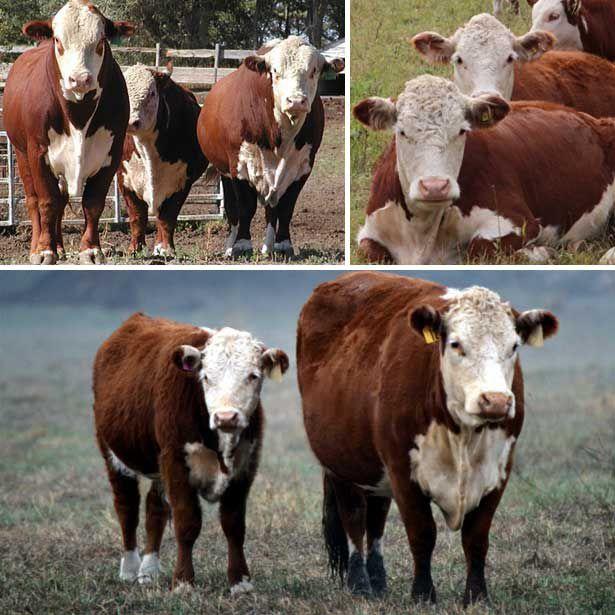
Diet
Cattle are fed plentifully, but not overfed. Most of the food consists of good hay, fresh grass in the warm season, if the cows are grazed on a paddock or pasture, succulent feed and concentrated products, and silage.
For the most part, animal nutrition is monotonous, often consisting of hay, silage, root crops with the addition of compound feed. If the percentage of the latter in the menu is high, the cattle need to drink more water to avoid digestive problems.
Sales of products
It is possible to grow cattle for meat or for dairy products for personal use or for sale. In the first case, up to a dozen heads are kept, letting young animals under the knife at 8 months-1.5 years or using a dairy herd with replacement animals. In the second case, a profitable meat farm will bring profit, which will regularly supply products to the market.
It is more profitable to sell the obtained meat, milk and other products on your own. You can do this in the agricultural market or open your own store, which involves a different level of costs.
You can also donate livestock and dairy products in bulk, but cattle is accepted "live weight", which provides a minimum payment. Milk is also bought much cheaper than sold at the market or in the store. But at the same time, the manufacturer saves himself the complications, including the cost of slaughtering livestock, travel, waste of time selling products, market collection, and so on. Which option to choose is a private matter for the farmer. He must soberly assess the benefits and disadvantages of the options and choose the one that is closer to the manufacturer.
